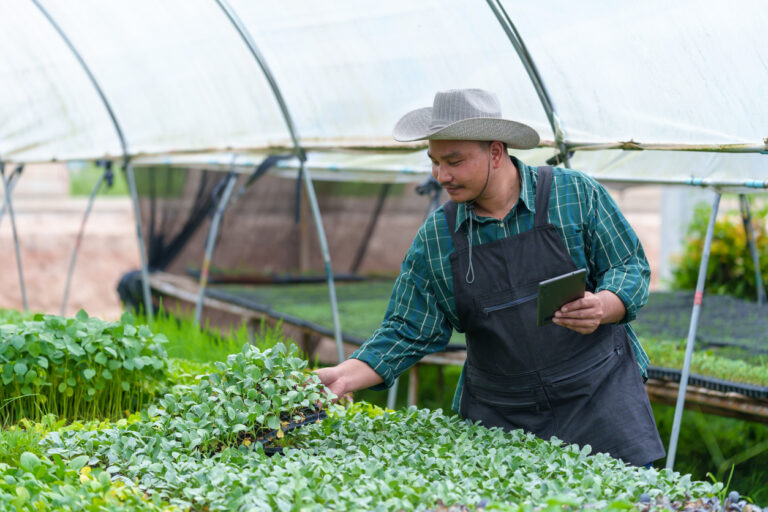
Building an Eco-Friendly Future: Part 1
Learn About Sustainable Food Supply Chain Management From Foodbuy’s Senior Sustainability Manager
From the fields to the table, producing and supplying businesses with food has a big impact on the planet. It’s important for businesses like Foodbuy to analyze this impact and make conscious efforts towards sustainable practices. What does sustainable food supply chain management look like in 2022? We consulted Foodbuy’s Senior Sustainability Manager, Graham Givens to find out.

What Are Your Goals for Foodbuy’s Sustainability Efforts in 2022?
One critical area of focus has been in supply chain risk management. Over the last year, we’ve been identifying opportunities to improve our policies and procedures on managing ESG (environment, social, and governance) risk in our supply chains and making sure we’re doing as much as we can to mitigate risk in this area.
Secondly, we’re looking for ways to continue to build efficiencies and ease of use in sustainability reporting. We need to know which products meet various sustainability certifications and/or label claims so that we can provide accurate reporting for our customers.
Finally, we’re spending quite a bit of time planning for the future and considering what sustainable foodservice procurement will look like moving forward
How Are Foodbuy’s Sustainability Efforts Already Going into Effect?
Another piece of our strategic plan – particularly in produce – is to find opportunities to support and grow local purchases. What we mean by that is supporting the local community, which includes diverse, local businesses and farmers.

One of our focus areas has been finding opportunities to support BIPOC farmers. BIPOC stands for black, indigenous, and people of color and unfortunately, this community has faced significant challenges due to racism in our country. This has made it difficult for the community to sell into the wholesale and foodservice supply chains.
With everything that happened in our country in 2020, we took a closer look at how we support diverse suppliers and BIPOC farmers. As a first step, we worked with one of our non-profit partners, the Center for Environmental Farming Systems, to set up a listening session with a number of BIPOC farmers in North Carolina. What we heard from those farmers was that we needed to be more intentional with our purchases and direct more spend towards this community. Last year, we ran a pilot program to drive more purchases to this community and thanks to our support, the primary farmer in the program was able to expand his farm. Due to the success of the pilot in North Carolina, we continued the program in the Carolinas and expanded it to California.
More Consumers Are Becoming Focused on Products’ Carbon Footprints. Is Carbon Labelling Something That You Think We’ll See More of This Year?
I think so. It makes logical sense that as consumers and the world are facing climate change head-on, they’re going to want to know how their products and purchases impact climate change.
That being said, I will always throw caution out there. We can’t measure progress strictly in terms of how many products are labeled. Labeling is great and it’s good to understand how sustainable products truly are, but the reality is that to make real progress, it’s going to take a combined effort between us and our suppliers to find opportunities to reduce our carbon emissions.

Read part two of our sustainable food supply chain management conversation with Graham Givens here.



